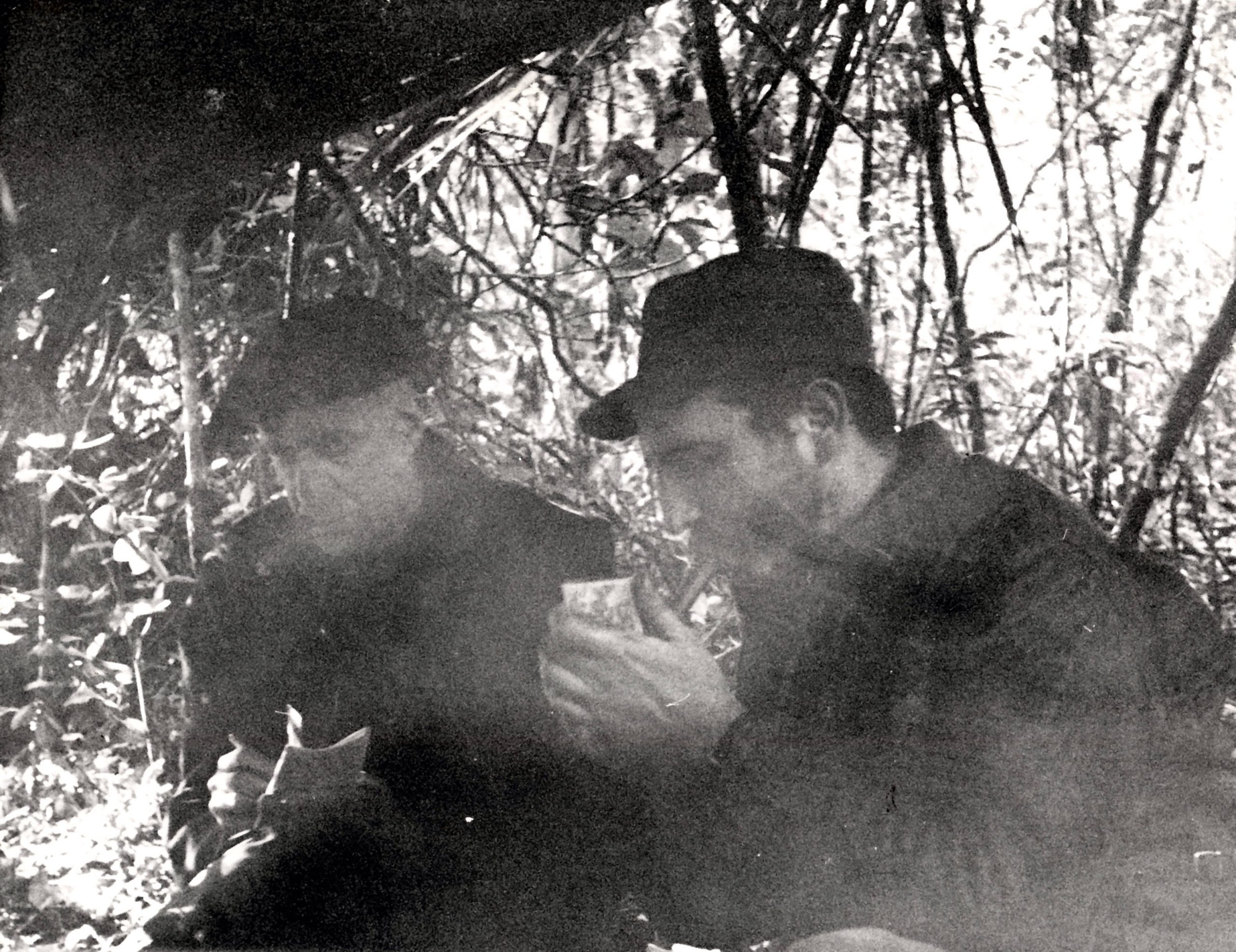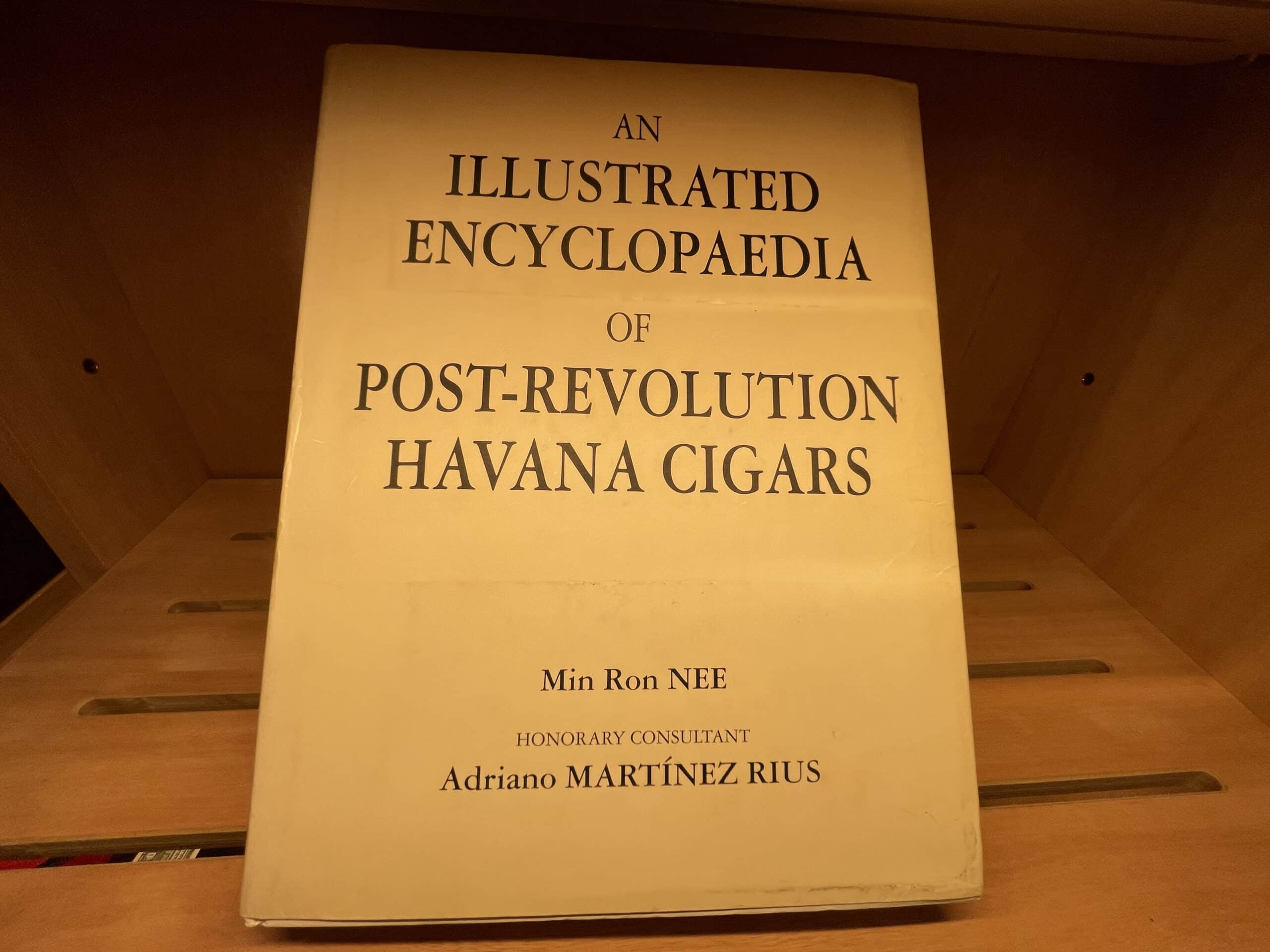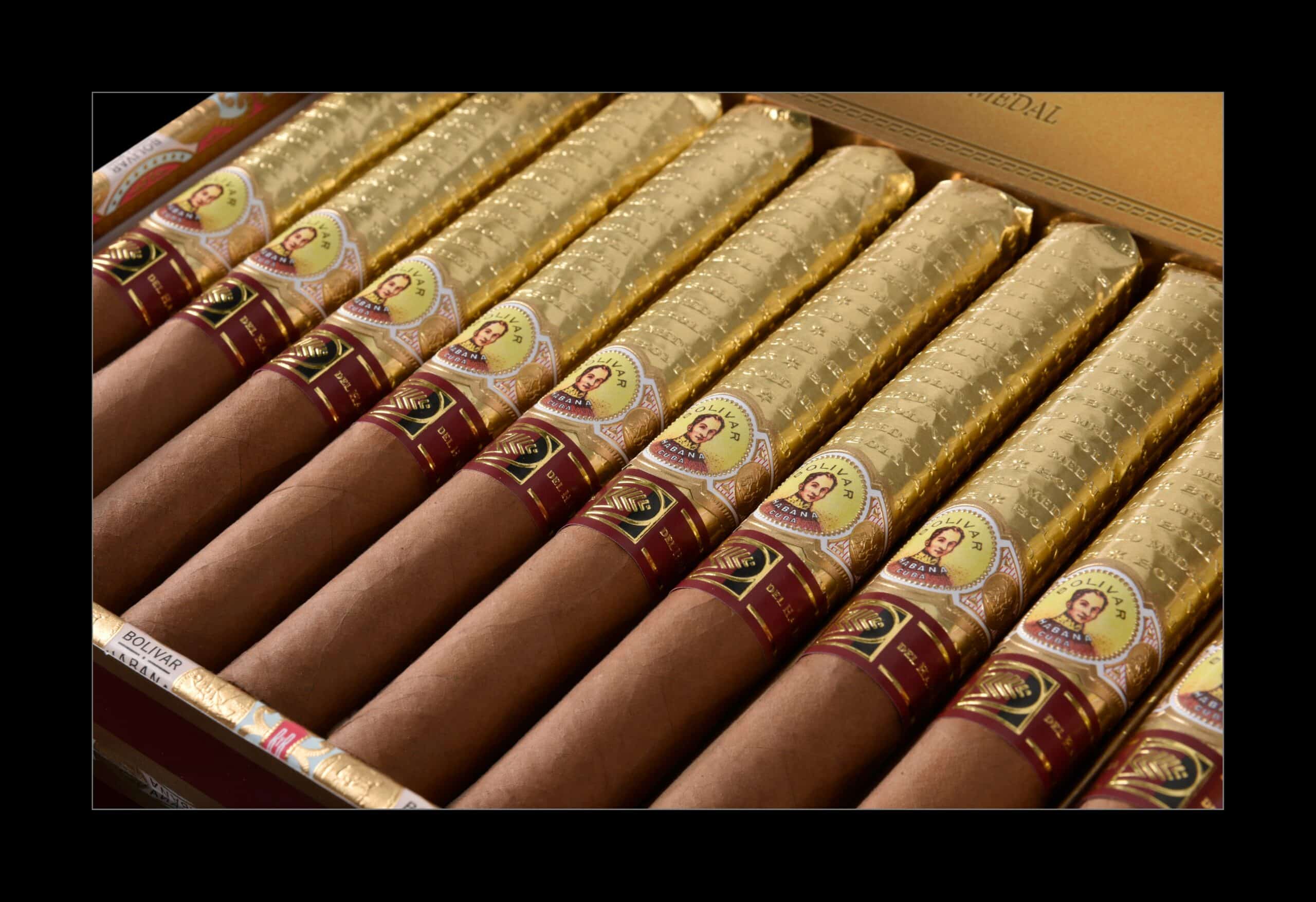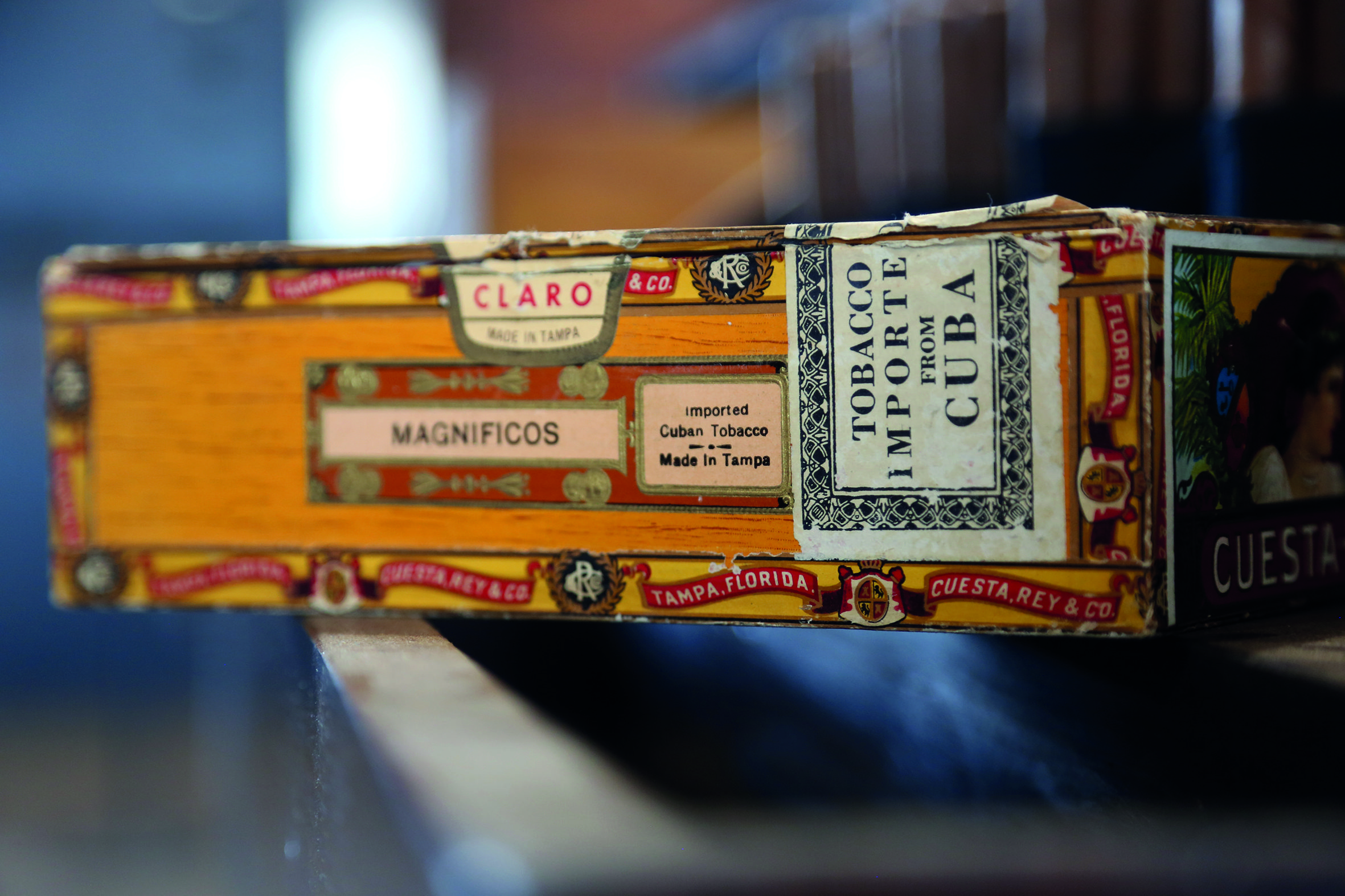
Castro : proof by cigar
Nearly 60 years ago to the day, a bearded revolutionary named Fidel Castro was believed dead and holed up in the Sierra Maestra mountains. This is the incredible true story of how a previously unknown man became a legend thanks to his cigars and an American journalist.
By Thierry Dussard
Spreading the word in the heart of the Sierra Maestra
In February 1957, Fidel Castro was lost with a handful of rebels in the scrubland of the eastern mountains of Cuba. Three months earlier, they had disembarked from a large yacht called Granma before being picked off by Batista’s machine-guns. Only 20 of the 82 men who had left Mexico survived, including the Castro brothers, a young laborer called Camilo Cienfuegos and an Argentine doctor by the name of Ernesto Guevara. Following the uprising in Santiago, in 1953, it was looking like another fiasco.
But Castro took to the Maestra like a fish to water. The mangroves and the cane sugar fields in the foothills served as the compost for a budding revolution. An attack on an isolated military barracks allowed the guerillas to get hold of a few Springfield rifles and a Thompson machine gun. However, the spoken word remained the secret weapon of the 30-year-old colossus leading operations. The silver-tongued former Havana lawyer even managed to persuade a New York Times journalist to come out to the Sierra.
The interview was not fake
Herbert Matthews and his wife Nancy arrived in the province of Oriente as tourists, to avoid arousing suspicion. The couple struggled along paths soaked by the tropical rain to reach the entrenched rebel camp. Matthews was 57 at the time, but as a field journalist he was used to doing leg work. He had covered the Italian conquest of Ethiopia and the Spanish civil war in 1936. Castro received him for a full morning. Matthews was spellbound. “The personality of the man is overpowering,” he wrote. “He has caught the imagination of the youth of Cuba. He is an educated, dedicated fanatic, a man of ideals and of courage.” Fidel got the same soldiers to march past behind him again and again, to create the illusion of vast numbers of troops.
The article, which was published in the New York Times on 24, 25 and 26 February 1957, denounced the corruption of the USA-backed Batista regime, and claimed that the guerillas “dominated” the entire region. In Havana, Batista was fuming. His minister of war claimed that the interview was a fake. The following day, the American newspaper duly published a photo of their reporter sharing a cigar with Fidel Castro. This cigar-based evidence went down in history. The famous photo now features prominently in a display case in the national Museum of the Revolution in Havana.
The barbudos drive home their advantage
Matthews had barely returned home, with his notebook stashed away in Nancy’s blouse, when Castro tried to capitalize on his advantage. On February 20, he sent out an “Appeal to the people of Cuba”. The rebel army progresses and continues to put a show on for the media. A detachment even reached the top of the Turquino, at nearly 2,000 meters above sea level, for the purposes of a CBS report. A small-scale newspaper, El Cubano Libre, explained the proposed agrarian reform. In the autumn of 1957, while prostitution is thriving in Havana, where the Hilton had opened that April, the mutiny at the Cienfuegos naval base struck the collective imagination.
The makings of a national hero
In February of 1958, Radio Rebelde started broadcasting from the summit of the Oriente. El Che commenced hostilities by derailing trains and Raúl Castro was bombed by the air force, but nothing could stop Fidel: one by one the towns fell until the triumphant march on the capital at Christmas. The guerillas had become like “Robin Hood and his band of merry men, faced with the terrible Batista, contrasting perfectly with the demon he becomes after the victory,” notes Jean-Pierre Clerc in his biography[1]. Herbert Matthews was demonized too, with former president Eisenhower accusing him in 1965 of “practically single-handedly” making Castro “a national hero”. Habanos, meanwhile, are now demonized by public health advocates, and soon we will only be allowed to smoke them in hell.
[1] Fidel Castro, une vie, L’Archipel, 2013.
You might also like

EXCLUSIVE Habanos S.A. will not take part to Intertabac Dortmund 2024

Birth of the Cigar Academy

Partagás Línea Maestra: the first boxes appear in Cuba

Min Ron Nee: death of a legendary collector

EXCLUSIVE – Xiaohong Hu, the woman who bought the Cohiba humidor for €4.5 million
Current Issue
ADC English Edition 17
All the latest cigar news

